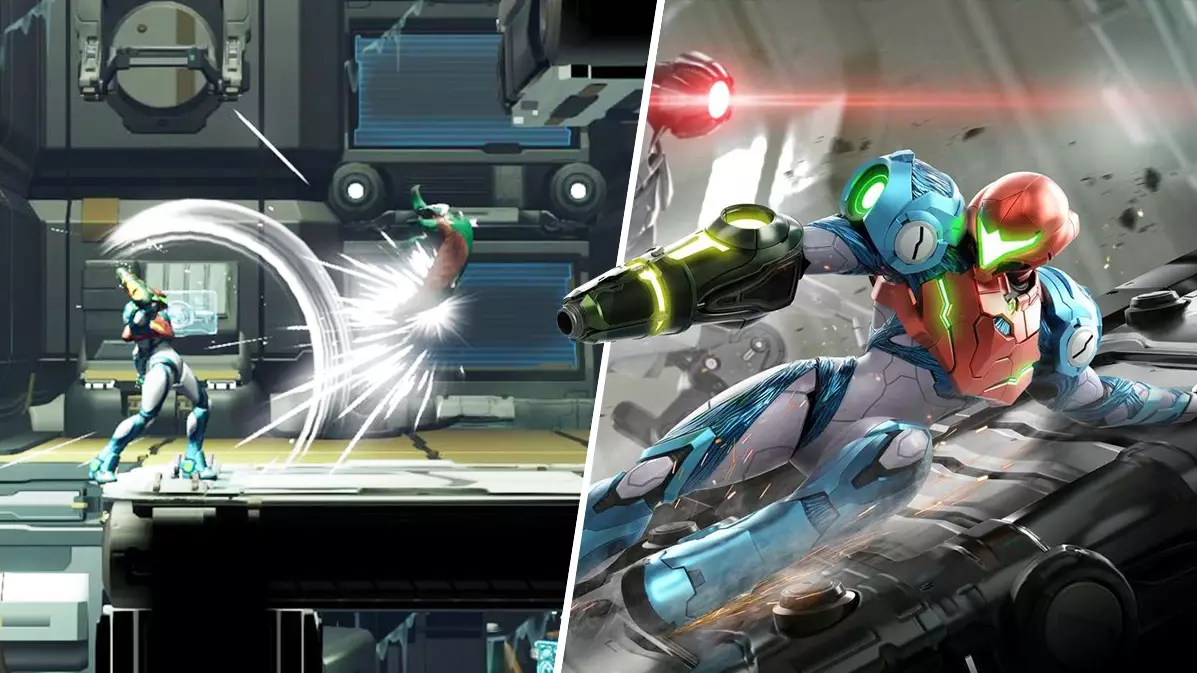
Metroid players have been here before. Not specifically Planet ZDR, but trapped deep in a system of caves, stripped of bounty hunter Samus' most powerful abilities, and needing to fight their way to freedom. That's been the core of the series for 35 years. Metroid Dread, dropping the later games' first-person perspective and returning to the series' side-scrolling roots, highlights this even more acutely.
It also makes clear why Metroid fans keep coming for more.
The story of how Samus ends up in this familiar situation will be important to Metroid fans - it involves Samus' old enemy, the X Parasites; her adopted people, the Chozo tribe; and hints of a conspiracy that may have been dogging the bounty hunter throughout the series - but I'm not going to spoil that here. All that's important is that Samus is alone and trying to return to her ship. (Though, if you'd like to get up to speed on the series' story, our lovely Ewan has done a thorough explainer.)
Advert
You have a small palette of skills at the start of Dread. A blaster, rockets, a melee attack, and a slide. Enough to help you fend off enemies and explore the environment. As in the other games, you'll be using your blaster and rockets outside of combat to blast away destructible blocks, revealing hidden passages, and your slide, which is a great dodge, can also be used to slip through small cracks into hard-to-reach areas.
All of this may be familiar, but the attention to detail makes Dread feel special. When you press Samus against a hole in a wall, she'll brace herself against the stone with one hand while aiming her cannon through the gap. If you slide Samus through a narrow shaft and there's a drop on the other side, she'll arc her body slightly to land on her feet. It may not impact how you play but it's small touches like that which make Samus feel part of the world you're exploring. It's also a statement: Metroid Dead may have the bones of all the old side-scrolling Metroid games but co-developers MercurySteam and Nintendo EPD are making the best-looking, best-playing Metroid there's been.
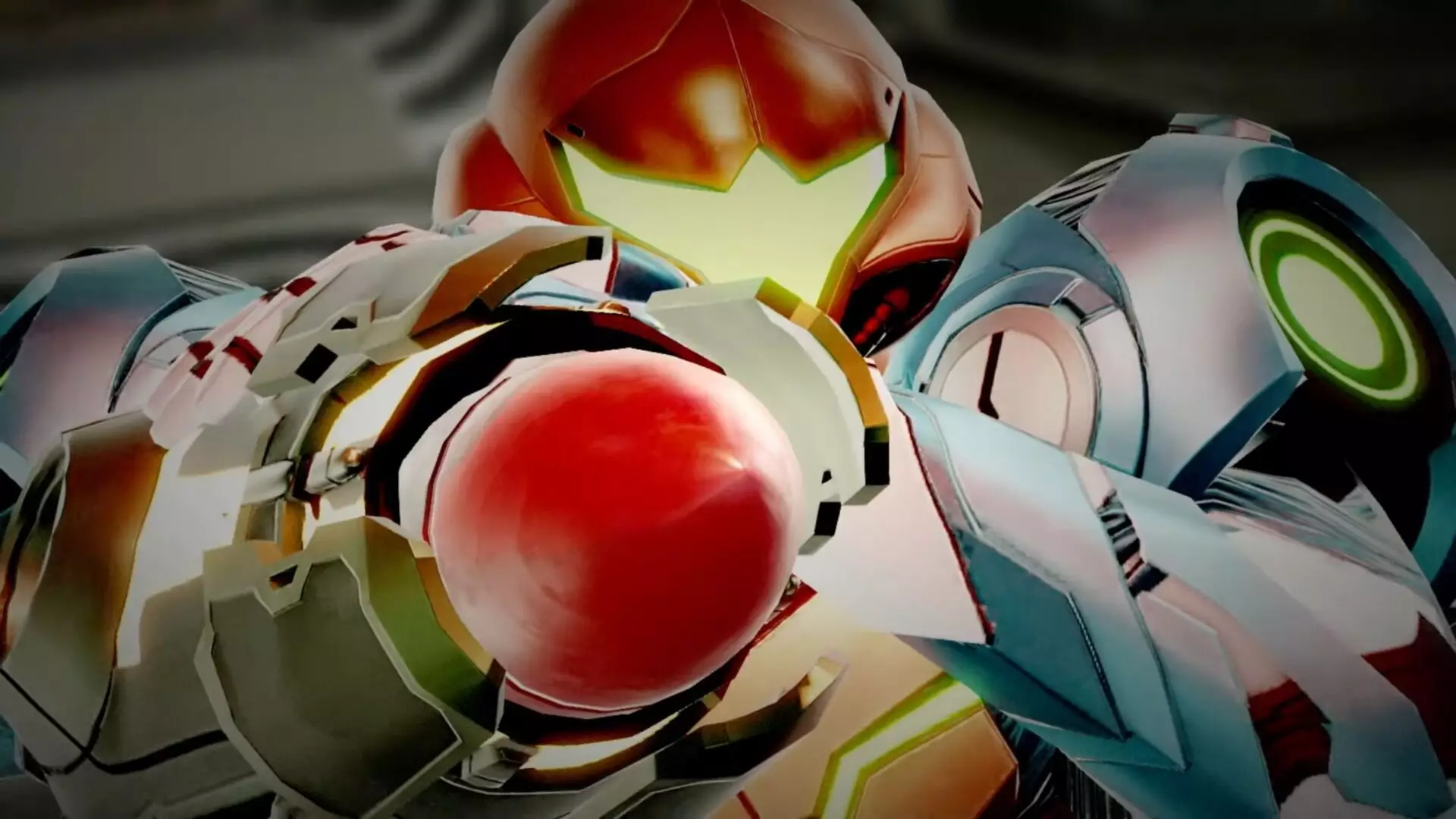
As you explore those first few chambers you meet an enemy you'll be facing throughout Dread: an E.M.M.I. robot. Short for Extraplanetary Multiform Mobile Identifier, these vicious machines were sent to the planet to search for evidence of the X Parasite, but something has turned them against you. Now the robots stalk areas of the map, forever on the hunt for Samus.
Advert
When you're in their domain, they will be on constant patrol, moving between rooms in changing loops. If you make a sound while in range of their sensors they will be drawn to your position and if they see you they'll change into an aggressive chase stance, sprinting after you like a guard dog. The exits will lock down and if they catch you then you've one brief moment to try and counter their attack with your melee, but it's a tiny window of opportunity and, should you miss, it's instant death
Your standard weapons can't pierce the E.M.M.I.'s armour and your best plan when you see one is to hide and run. There are seven of these machines in all, each with different armour and abilities, making each encounter a new challenge.
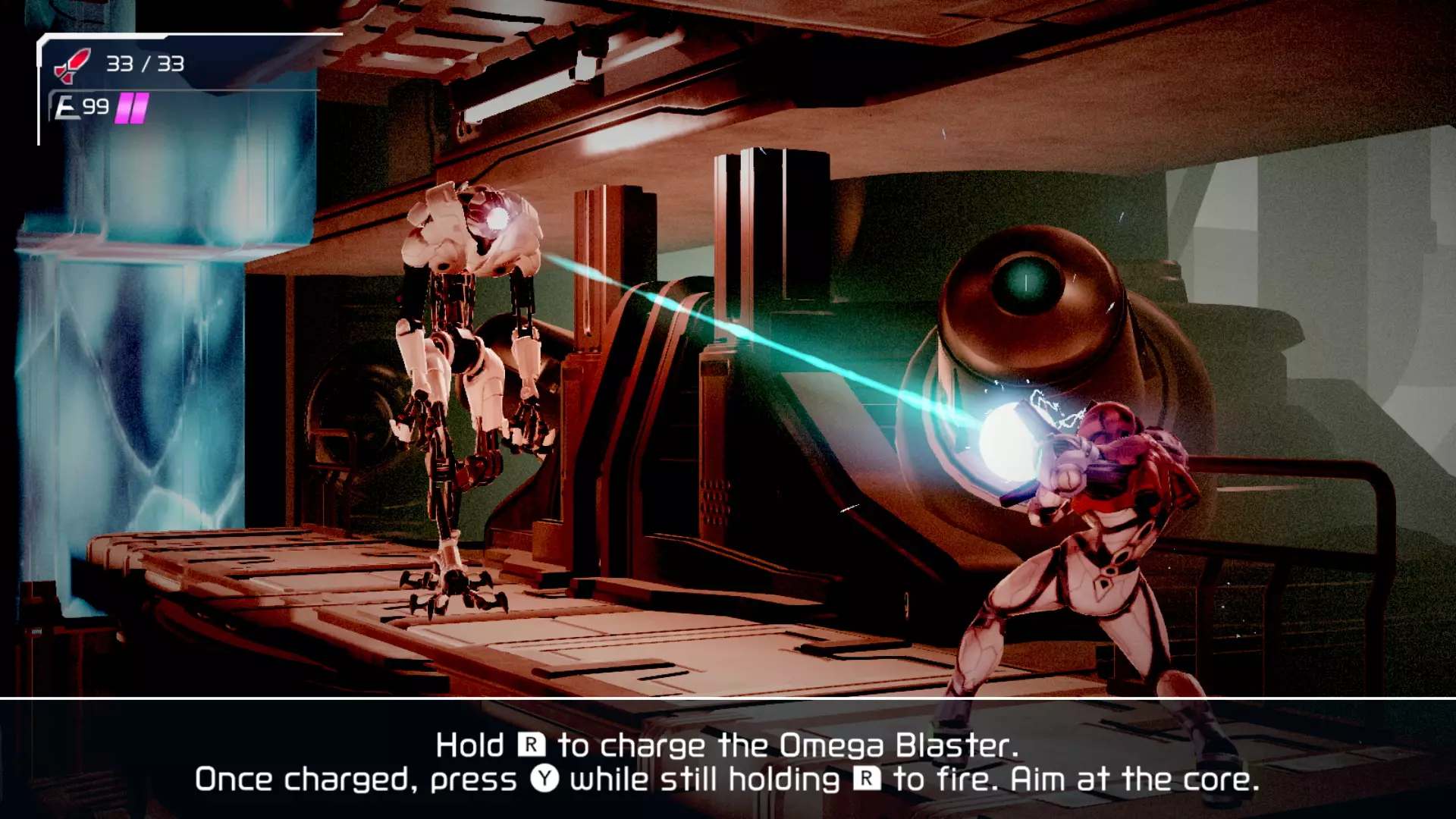
As I progressed through the demo I unlocked new gear that helped, such as the Phantom Cloak, which let me activate a short burst of invisibility. This led to nerve-straining encounters where I would stand, pressed against a wall shrouded in invisibility, hoping the E.M.M.I.'s patrol wouldn't bring the machine too close to me.
Advert
This injection of horror makes the familiar Metroid formula thrilling and new. Though fans shouldn't worry that what they love about the series has been left behind. The E.M.M.I. patrol areas are limited, and outside of their domain you will have more traditional rooms to explore, without the pressure of a hunting machine. Just the pressure of lava flows, alien enemies, and unsolved puzzles.
There are also bosses to face besides the E.M.M.I. - for example, to get the Phantom Cloak, I had to kill a giant scorpion creature. At first I just needed to fire rockets at its vulnerable face while dodging swings from its tail, then in a second stage I had to chip away at a weak spot on its tail spike, before then sliding under its body and shooting it from behind, and last I had to do all of that while the monster was invisible. So, you needn't worry that Dread has abandoned its old-style bosses in favour of the stalking machines.
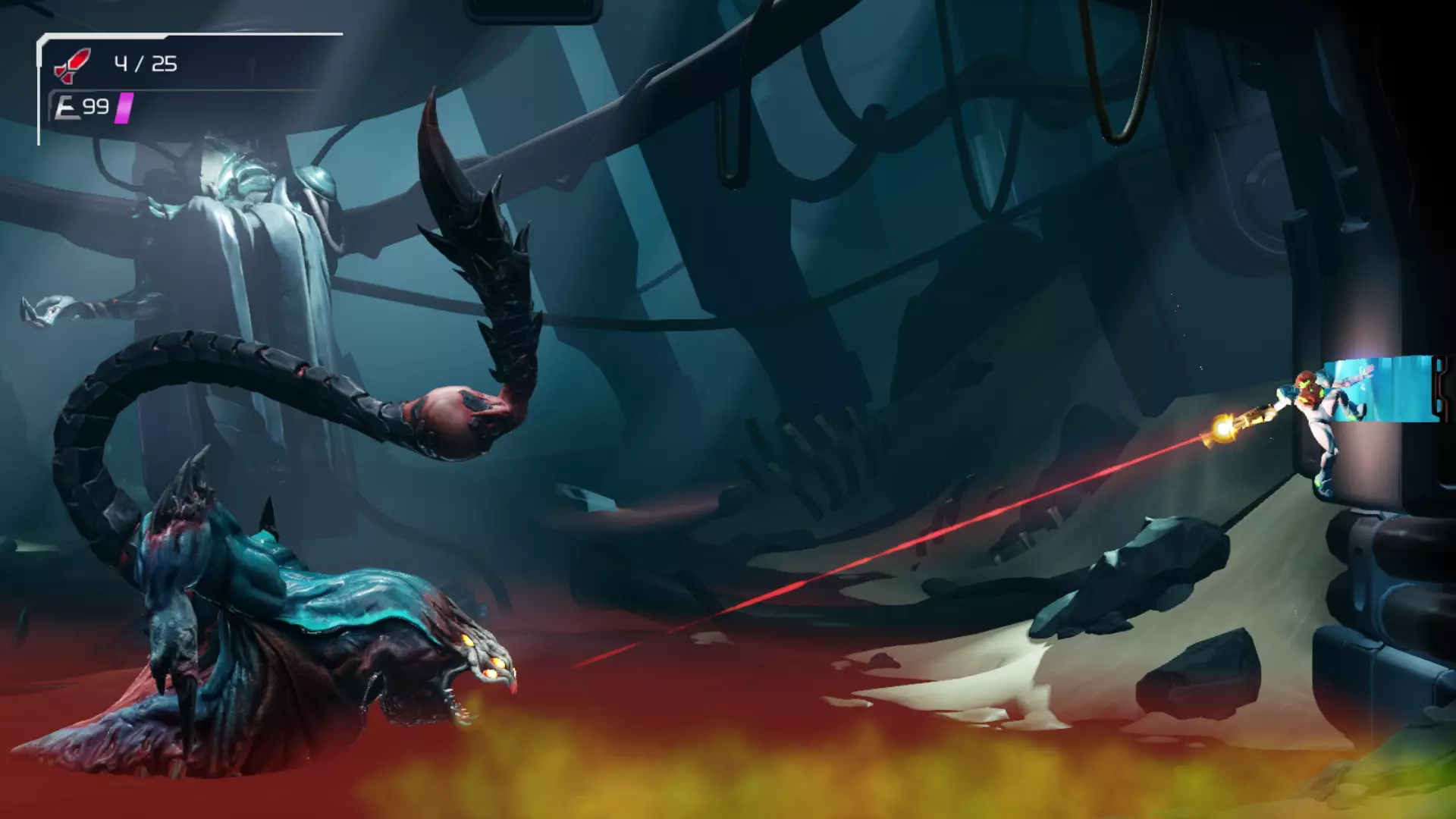
It's easy to become overwhelmed in metroidvanias. This is a genre built on exploration. You're steadily opening up new chambers, your map screen sprawling outwards like a network of tree roots. Each new room is filled with secrets and hidden items, begging you to scratch at its edges, looking for destructible walls and concealed passages. And then, whenever you gain an ability or piece of gear, every previously explored chamber now has the potential to contain newly accessible secrets. The entire map calls to be explored again.
Advert
It would be easy to become lost, uncertain of where you should be focusing your efforts to progress the story. Running through chambers in a frustrated loop, not sure if you're missing something or are looking at a puzzle you don't yet have the pieces to solve. But in Metroid Dread, throughout my preview, at my back I felt the gentle guiding hand of the designers.
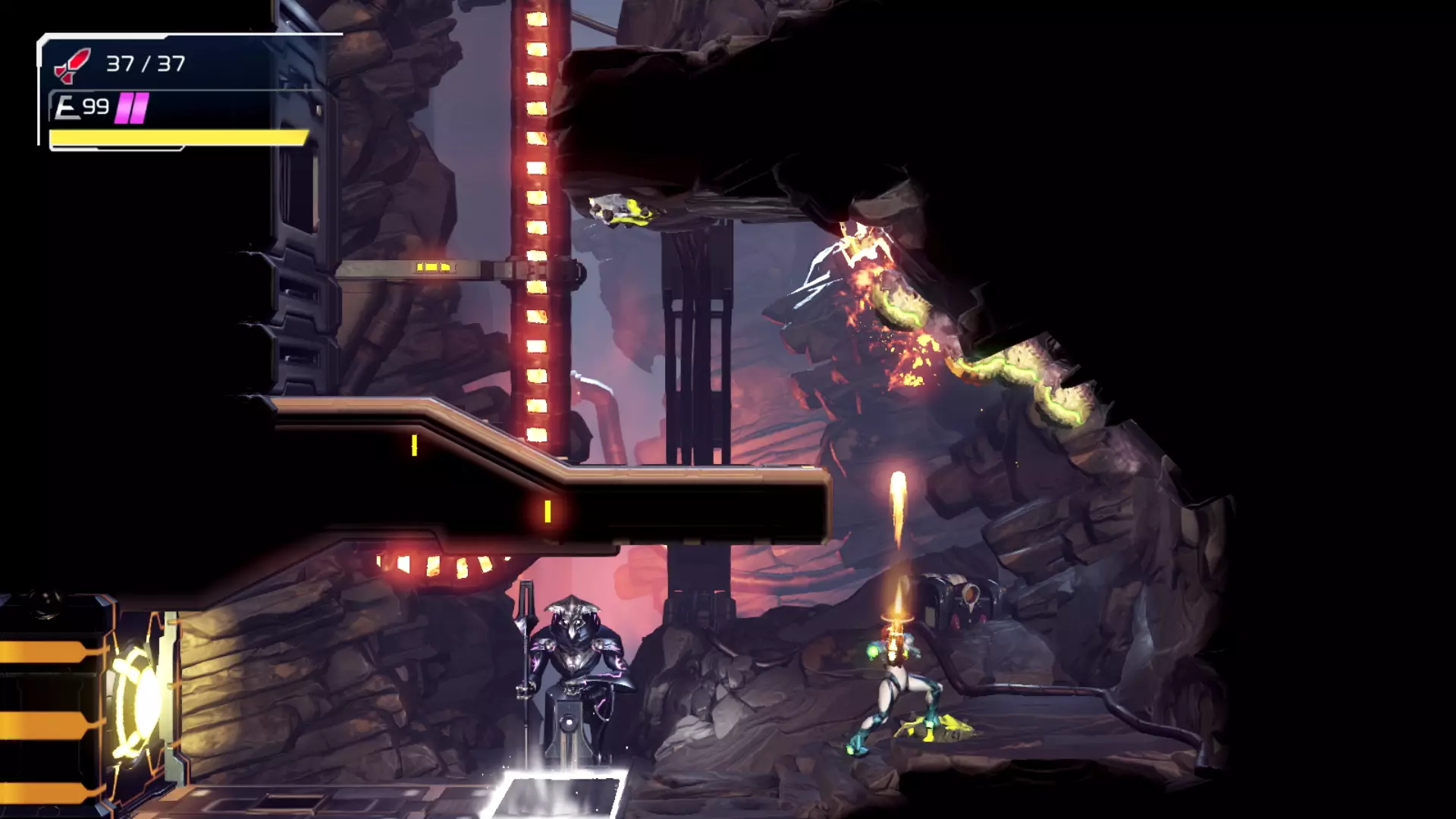
While the whole map may technically be open to you, there are times in the early hours where chunks of it become locked off. There's one moment where a minor cave-in makes it impossible to return to a set of chambers, presumably until you regain one of Samus' movement abilities. The effect of the cave-in is that you can scratch that section of the map off your list of places to explore. It focuses your attention down to a smaller cluster of rooms. It might make the game easier, but it also makes it much smoother and avoids becoming frustrating. Later I started unlocking sets of doors by activating junctions that pumped liquid hot magma down networks of pipes - if I followed the orange-glowing tube then I'd eventually find a newly opened door. It's not the most subtle signposting, but it was appreciated guidance.
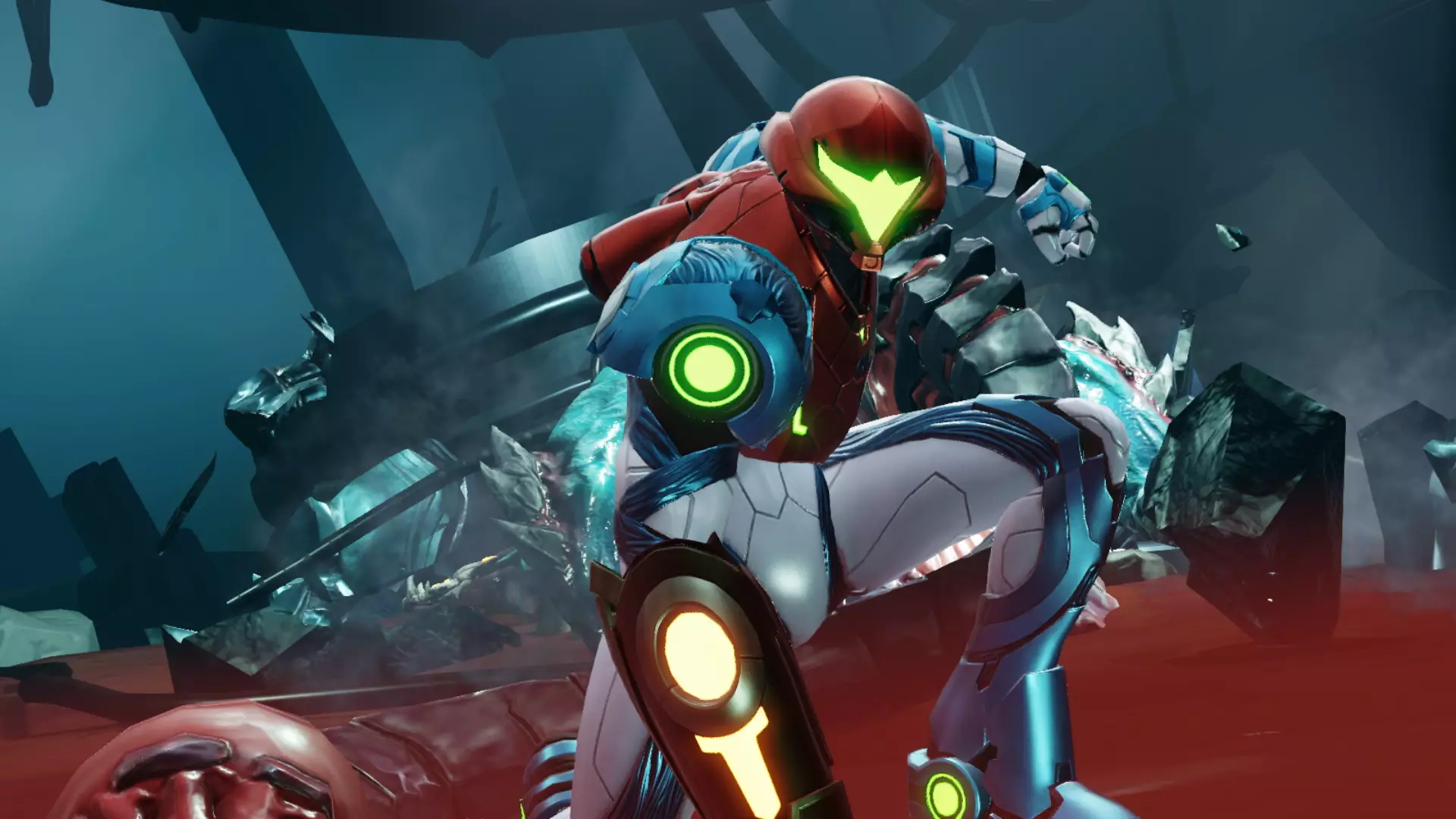
Advert
That kind of soft-locking may not be new to the series, but it was excellently deployed in the early hours of the game where you already have a stack of toys to be getting to grips with. It may be that as you get further into the campaign those soft locks start to fall away, leaving you with a much larger area to explore, but at that point you will hopefully have a better handle on all your abilities.
If those locks do disappear, one new update will be particularly helpful. You can now select particular object types on the map screen, highlighting every other one you've discovered so far. This makes it easy to find all the doors you can open with a charge shot, say, or see where all the ammo refill stations are when you need a nearby top up.
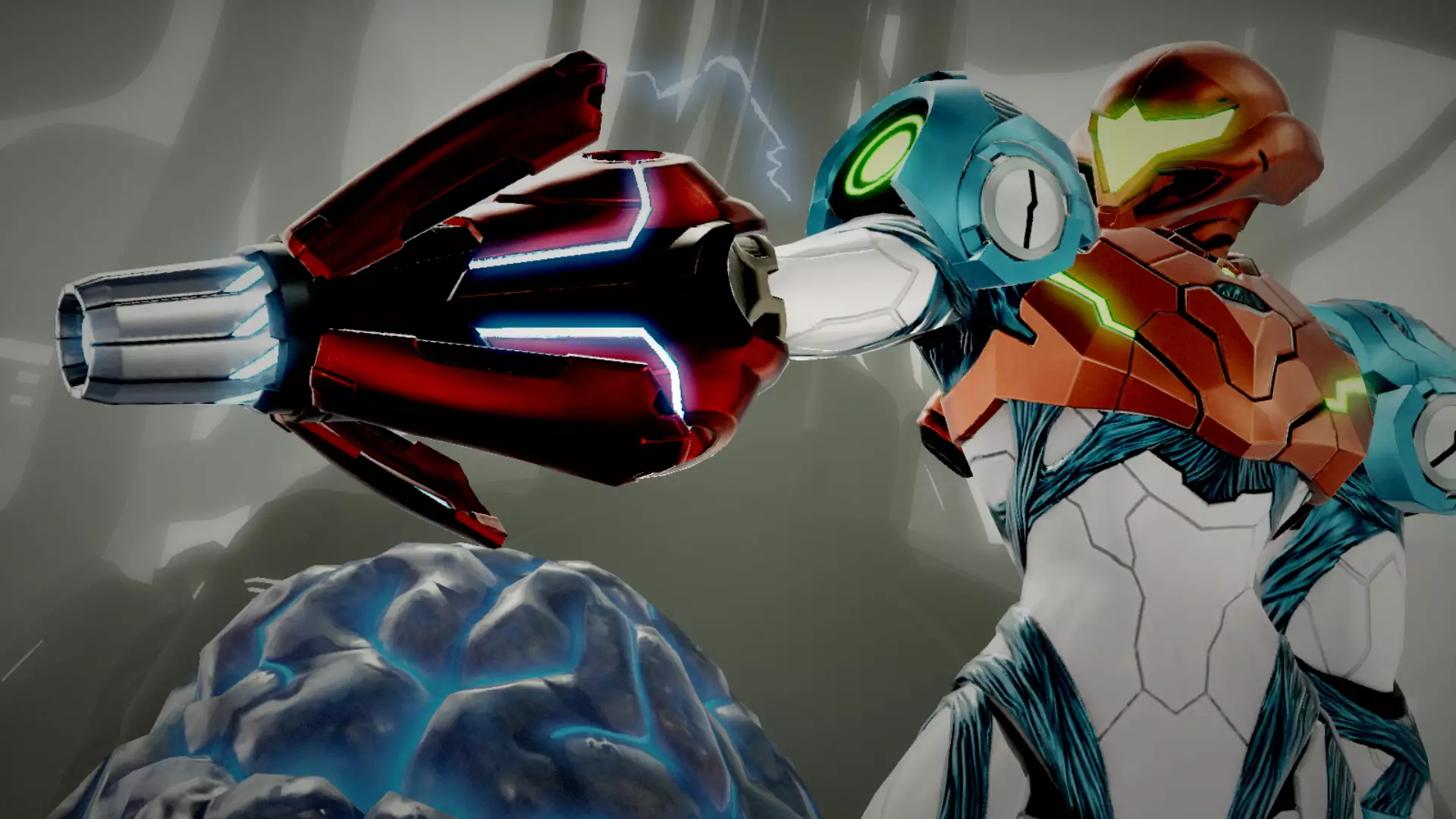
Metroid Dread may have first been teased back in 2005, but the 16-year struggle to reach release doesn't show in the game I played. The three hours I spent with this game were a compelling mix of the familiar and the new, in a space that was open but guided, facing enemies that made me feel vulnerable and powerful.
A lot of very good games have come for Metroid's crown in recent years, but Dread looks like it could see the series retain the throne.
Featured Image Credit: NintendoTopics: Nintendo Switch, Metroid